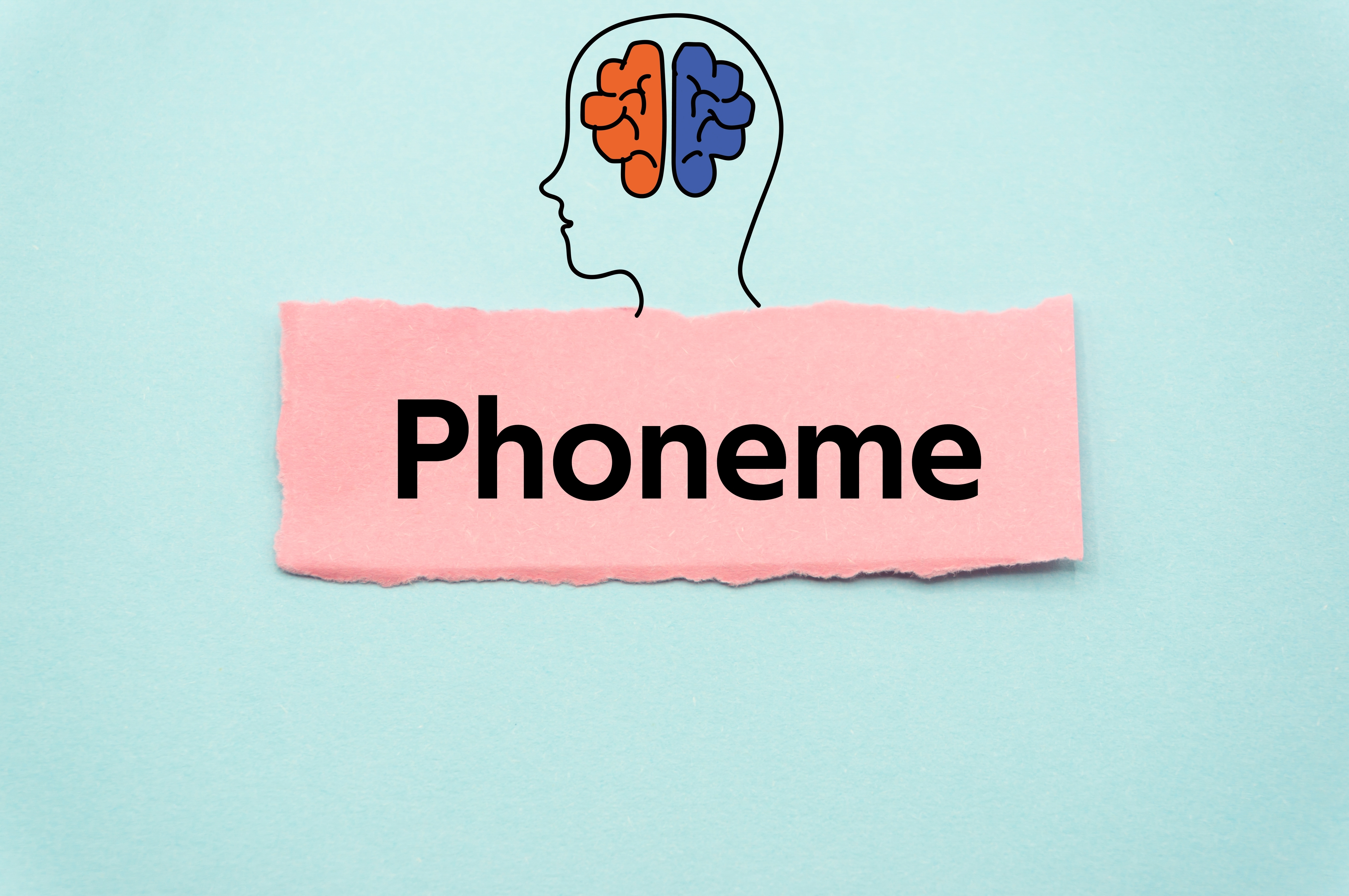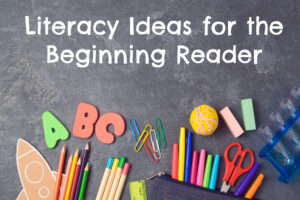Phonological Awareness, what is it exactly and why is it an essential skill for learning to read?
Phonological Awareness means being able to hear and manipulate the sounds of the spoken word. It’s a skill that good readers possess and poor readers seem to lack. Most beginning readers do not inherently hear individual sounds within oral language.
Listening for and hearing sounds should be a skill directly taught to students.
As a first-grade teacher, and now as a literacy coach, I have observed that struggling beginning readers have difficulty hearing the distinct sounds within oral language. Therefore, all students learning to read should participate in daily activities that allow them to manipulate SOUNDS, SYLLABLES, and RIMES.
Phonological Awareness and Phonemic Awareness can be reading terms used interchangeably and incorrectly. As a new reading teacher, you may wonder about the distinction between the two? So let’s get more concise. Phonological Awareness refers not only to the smallest sounds heard in oral language but also to syllables and rimes. Whereas, Phonemic Awareness, on the other hand, is about hearing the individual sounds in language, not syllables or rimes.

Phonemes are distinct units of sound. For example, the sounds in the word E.A.R. are /ea/ /r/. Therefore, this word has three letters but two sounds.
PHONOLOGICAL AWARENESS is as Easy as 1, 2, 3!
- SOUNDS WITHIN WORDS mean one can hear the individual sounds within the spoken word. Individual sounds are called phonemes. For example the three phonemes or three sounds heard in the word CAT are /c/ /a/ /t/. Learning to read becomes more tangible when students can hear the smallest sounds in oral language.
- SYLLABLES WITHIN WORDS are the Awareness that word parts can be heard within the spoken word. By the way, some teachers refer to syllables as chunks. Then again, other teachers inform students that every word has as many parts (syllables) as it has ‘talking vowels.’ So, for.’ example, in the word CATASTROPHIC, one should hear the word has four distinct syllables or four chunks, and they are /CAT/ /A/ /STROPH/ /IC/.
- ONSET-RIME WITHIN WORDS is the ability to hear the onset-rime within the spoken word. For example in the word, GAB, the onset is the sound of /g/ and the rime is /ab/.
 What should teachers do to help students struggling with hearing the sounds within oral language? Teachers should provide lessons that specifically entail the manipulation of SOUNDS, SYLLABLES, and RIMES.
What should teachers do to help students struggling with hearing the sounds within oral language? Teachers should provide lessons that specifically entail the manipulation of SOUNDS, SYLLABLES, and RIMES.
![]() If your focus is on hearing the individual sounds in words, various curricula are available to help educators teach Phonemic Awareness. One such is by a company called Heggerty Phonemic Aawareness. In addition, you can access free summer lessons. Also, free videos are on YouTube. It’s impressive; a brief ten-minute study can help students advance their reading skills. This daily activity is a routine that will take about ten minutes or less of your reading block but one that reaps tangible reading benefits, whether teaching your little ones from school or home.
If your focus is on hearing the individual sounds in words, various curricula are available to help educators teach Phonemic Awareness. One such is by a company called Heggerty Phonemic Aawareness. In addition, you can access free summer lessons. Also, free videos are on YouTube. It’s impressive; a brief ten-minute study can help students advance their reading skills. This daily activity is a routine that will take about ten minutes or less of your reading block but one that reaps tangible reading benefits, whether teaching your little ones from school or home.




